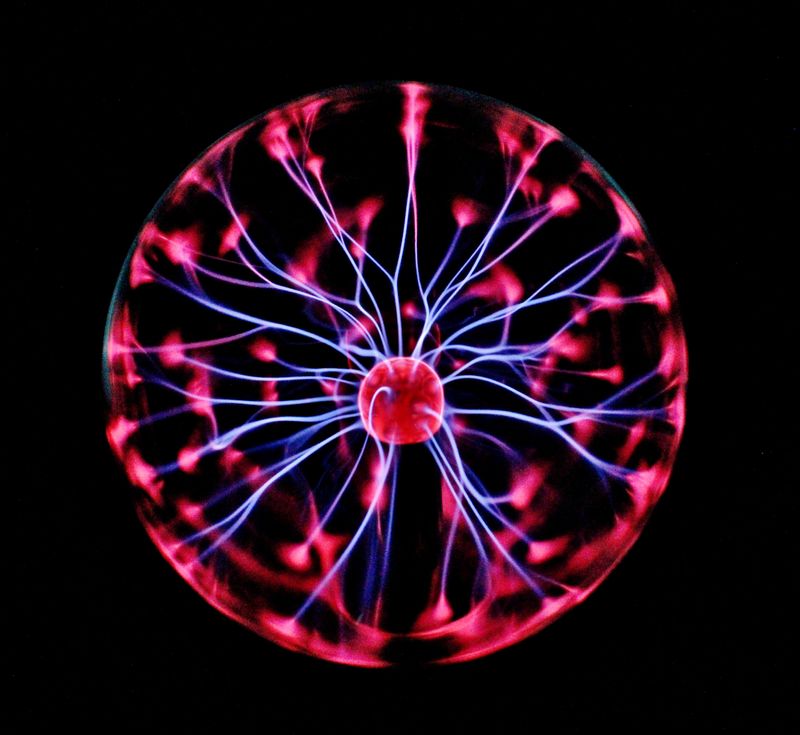Cybercriminals Are Selling Access to Chinese Surveillance Cameras
Introduction
A recent report has highlighted the vulnerability of over 80,000 Hikvision surveillance cameras worldwide, which are susceptible to an 11-month-old command injection flaw (CVE-2021-36260). This flaw poses a significant risk to the organizations and individuals relying on these cameras for security purposes. The revelation also underscores the larger issues surrounding internet of things (IoT) devices, such as cameras, and the challenges involved in keeping them secure.
The Vulnerability and Unpatched Devices
The vulnerability in the Hikvision cameras was identified as a critical flaw with a severity rating of 9.8 out of 10 by NIST. Despite the severity and the passage of almost a year since its discovery, over 80,000 affected devices remain unpatched. This failure to address the vulnerability exposes numerous organizations and potentially endangers national security interests.
The Exploitation and Collaboration of Hackers
Researchers have discovered instances of hackers actively looking to collaborate on exploiting the vulnerability in Hikvision cameras through command injection. These collaborations have taken place in Russian dark web forums, where leaked credentials have been put up for sale. The full extent of the damage caused by these exploits remains unclear, but the report suggests that Chinese and Russian threat groups could potentially exploit these vulnerabilities for various motives, including geopolitical considerations.
The Challenges With IoT Devices and Security
The vulnerabilities in Hikvision cameras highlight the larger challenges with IoT devices and their security. David Maynor, senior director of threat intelligence at Cybrary, points out that Hikvision’s product contains systemic vulnerabilities, making them easy to exploit. Additionally, Hikvision’s lack of improvement in security measures and failure to address these issues raises concerns about the company’s commitment to security within its development cycle.
Paul Bischoff, a privacy advocate with Comparitech, emphasizes that securing IoT devices like cameras is not as straightforward as securing an app on a phone. Users often need to manually download and install updates, and many users may never receive or act on these update notifications. Furthermore, IoT devices often lack indicators to alert users when they are unsecured or out of date. This lack of user awareness, combined with default passwords and weak security measures, compounds the vulnerability of these devices.
The Larger Implications
The sale of access to Chinese surveillance cameras on the dark web raises broader concerns about the security and privacy implications of such devices. The potential for threat groups to exploit these vulnerabilities for geopolitical purposes adds additional complexity to the issue.
Editorial
The failure to address vulnerabilities in tens of thousands of surveillance cameras should serve as a wake-up call for individuals and organizations relying on IoT devices for security. The risks associated with unpatched devices go beyond personal security concerns and have implications for national security.
Manufacturers of IoT devices, such as Hikvision, must prioritize security in their development cycles and provide easy mechanisms for users to install updates. Governments should also consider enacting regulations that hold IoT device manufacturers accountable for ensuring the security of their products.
Individuals using IoT devices need to be vigilant in updating and securing their devices. Regularly checking for updates and changing default passwords are crucial steps towards mitigating risks. Users should also consider investing in devices with built-in security features and robust encryption protocols.
Conclusion
The revelation that cybercriminals are selling access to vulnerable Chinese surveillance cameras highlights the pressing need for improved security measures in IoT devices. The risks associated with unpatched vulnerabilities extend beyond personal security concerns and have implications for national security. Manufacturers, governments, and individual users all have a role to play in addressing these challenges and ensuring the safety and security of IoT devices in an increasingly interconnected world.

<< photo by Arno Senoner >>
The image is for illustrative purposes only and does not depict the actual situation.
You might want to read !
- The Quest for Safer AI: Strengthening Robustness for Enhanced Security and Reliability
- AI/ML Security Made Accessible: Protect AI’s Release of 3 Open Source Tools
- The Rising Threat: Balancing Cybersecurity and Economic Uncertainty
- The Decline of Middle Eastern Network Access Prices on the Dark Web
- The Underground Economy: Middle Eastern Network Access Sees Decreased Prices on the Dark Web
- The Downfall of PIILOPUOTI: Finnish Authorities Crack Down on Dark Web Drug Trade
- Nokia’s Partnership with K2 Telecom: Enhancing Security and Generating Revenue for Brazil’s Telecom Industry
- The Resilient QakBot: Unveiling the Ongoing Threat Activities
- The Hidden Threat: How Spyware Creeps Through Online Ads




